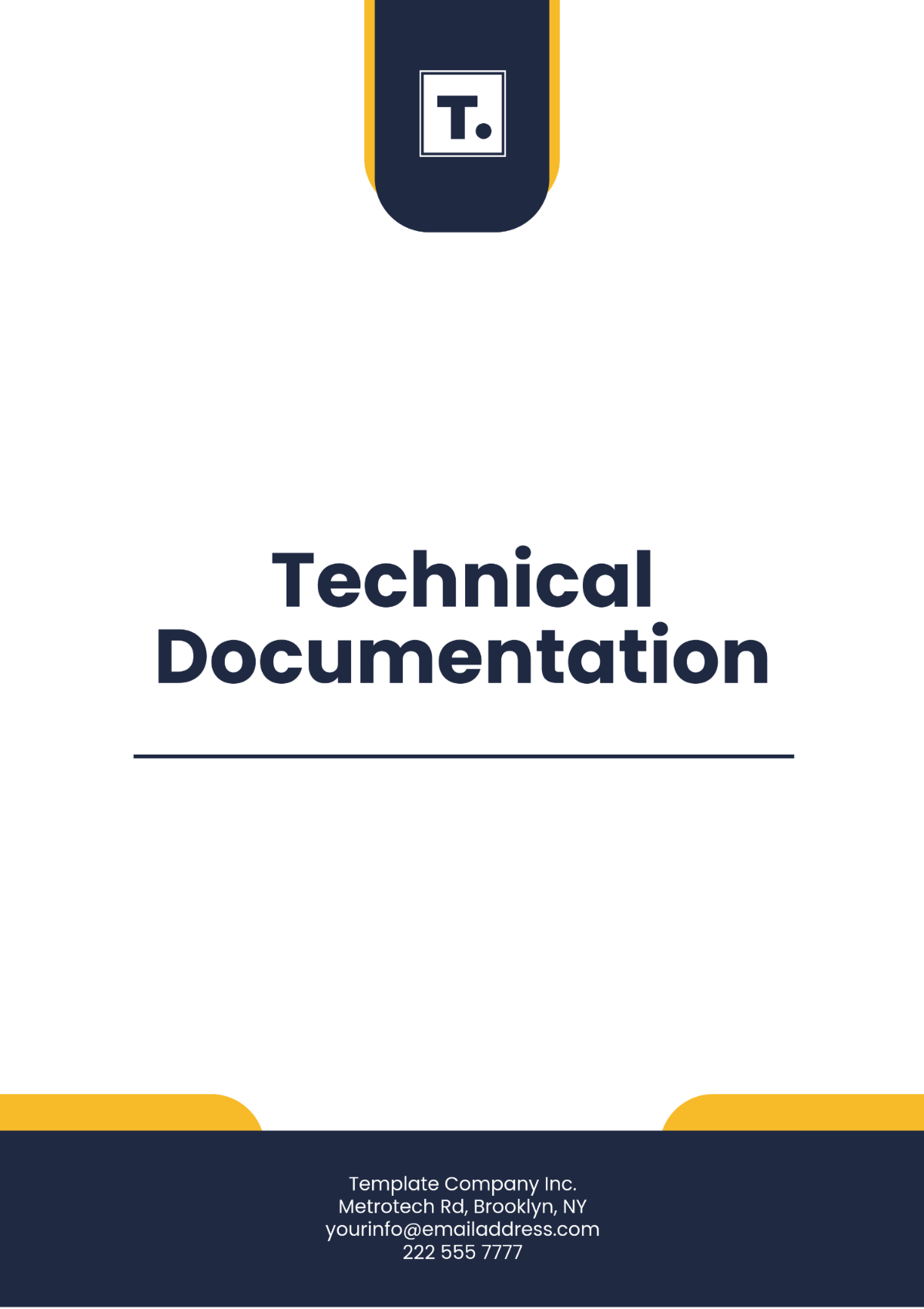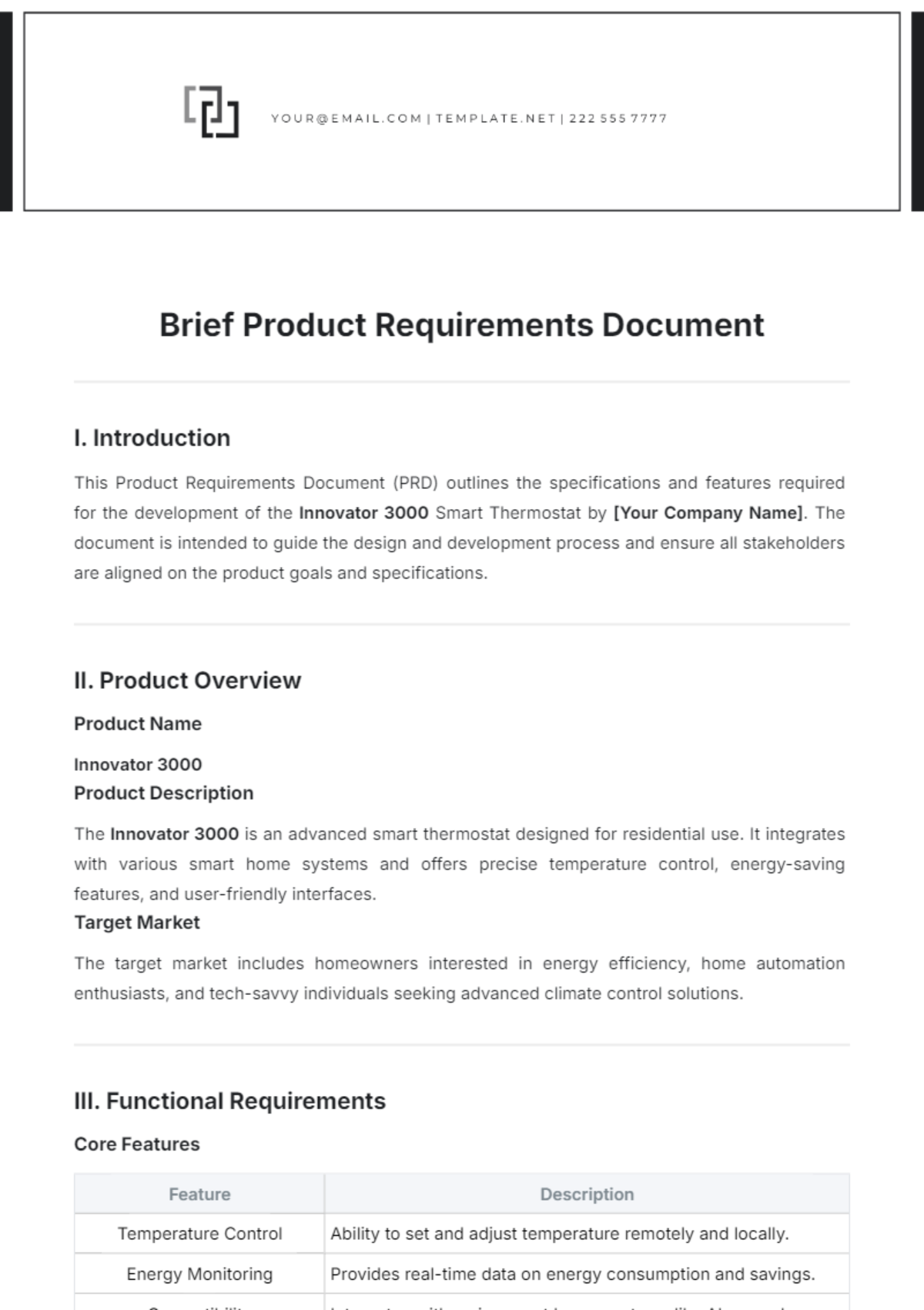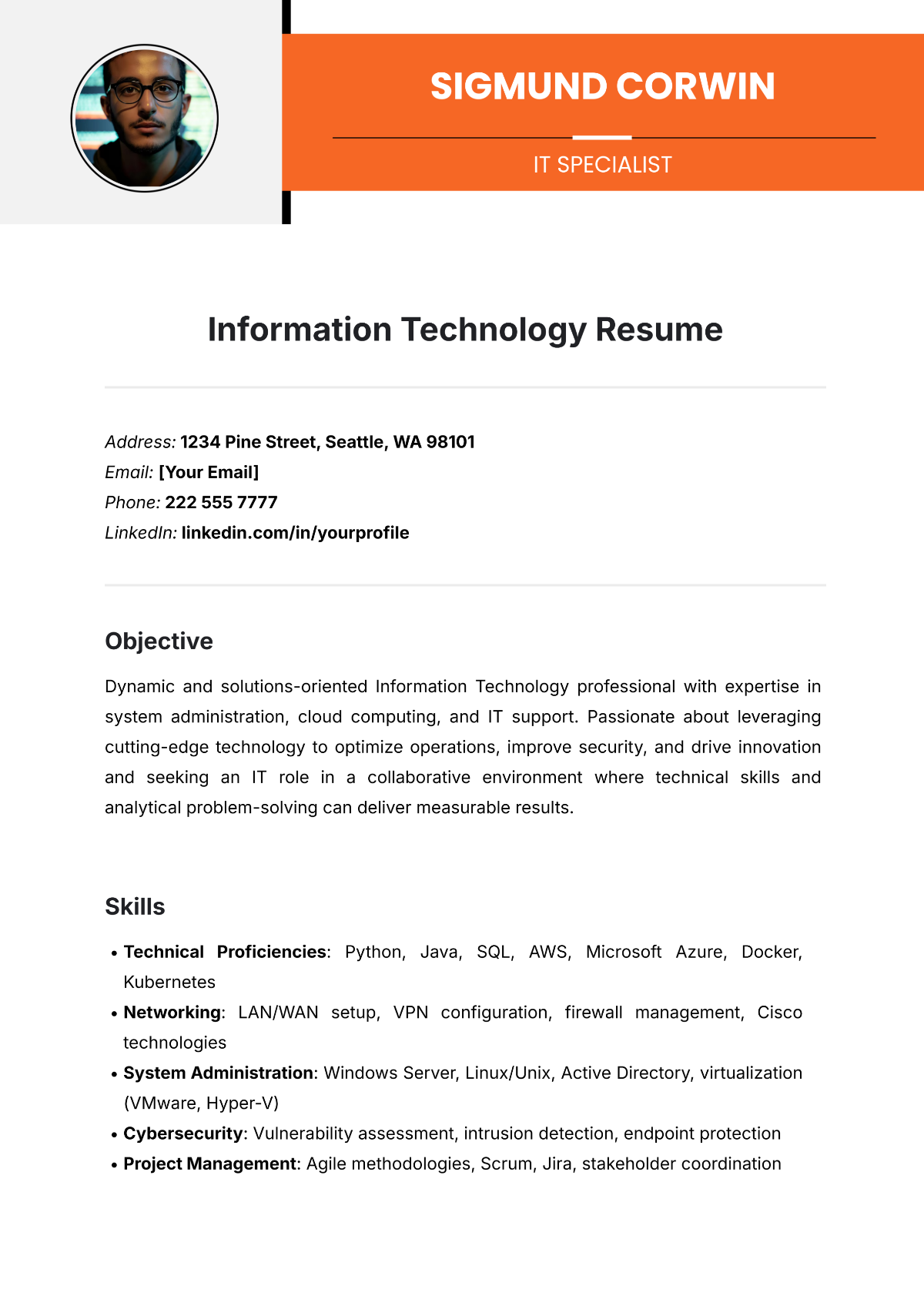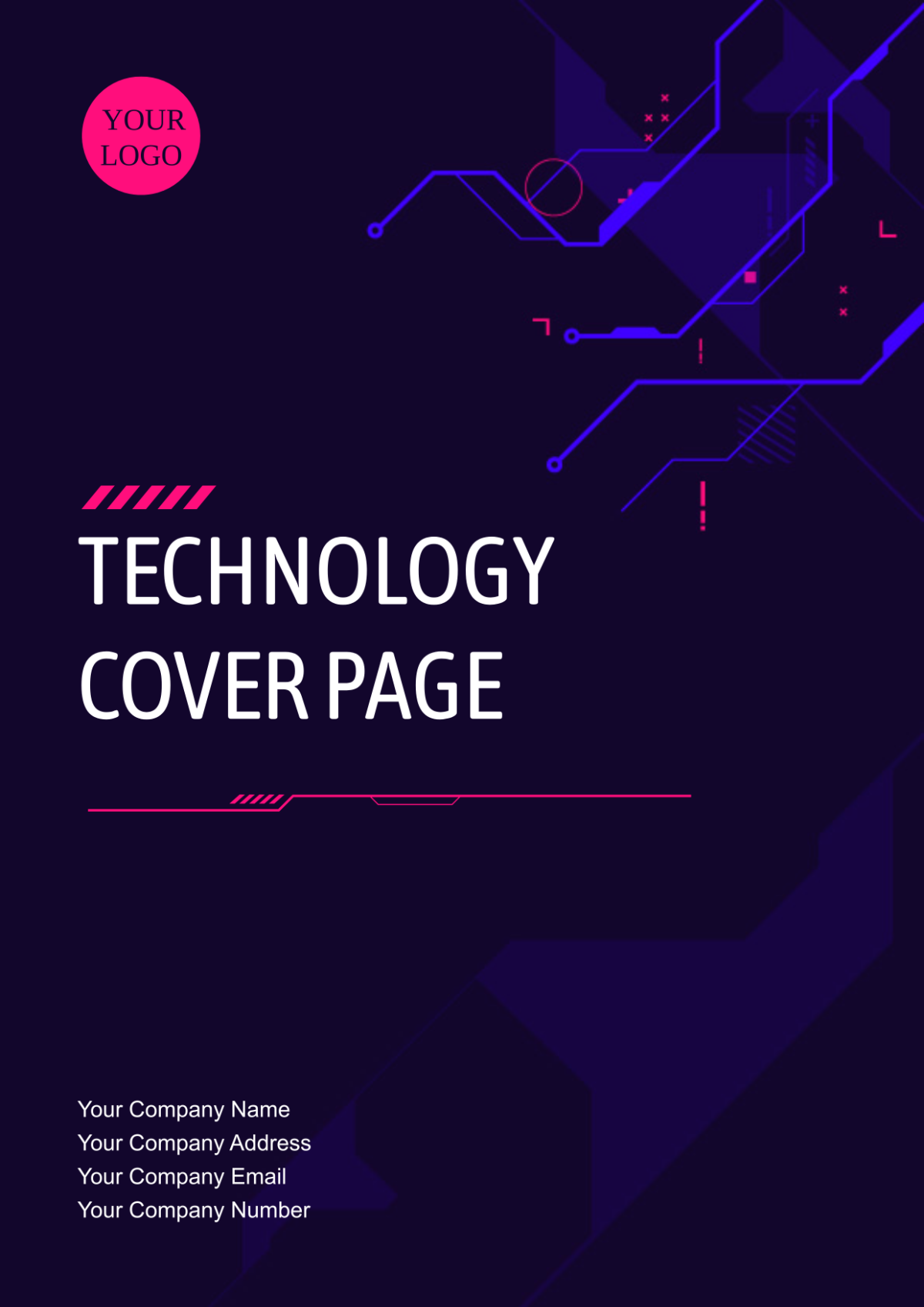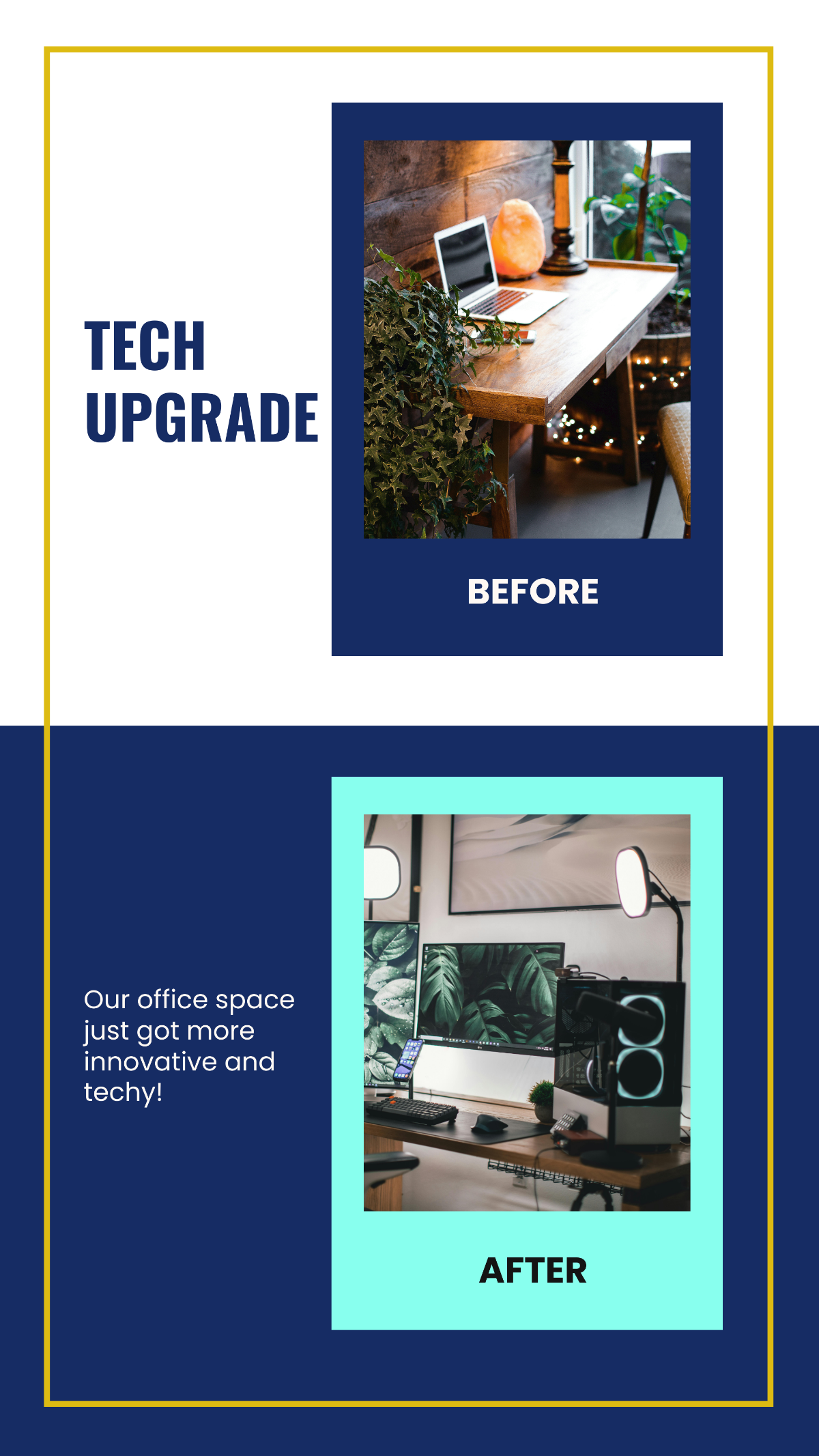IT Consulting Brief
Introduction
This document serves as a comprehensive guide for the forthcoming IT initiative. Crafted by [YOUR NAME], in collaboration with the team at [YOUR COMPANY NAME], this brief aims to streamline decision-making processes and optimize resource distribution throughout the project's duration. It presents a detailed framework, designed to ensure clarity, efficiency, and alignment with project objectives, facilitating a successful execution and delivery.
Objective
The main goal of this project is to enhance our workflow, boost cybersecurity, and increase system efficiency. We're tackling issues like data processing bottlenecks, cyber threats, and software integration inefficiencies by embracing technologies such as cloud computing, advanced encryption, and machine learning. Our focus is on improving operational efficiency, security, and user experience, aiming to deliver results that surpass our initial expectations.
Scope
The project aims to revamp our IT infrastructure through a system audit, implement a new software platform, migrate data to secure cloud storage, and enhance security with a hybrid cloud approach, all measured against specific success metrics.
Comprehensive IT Infrastructure Overhaul:
Initial audit of existing systems.
Development and implementation of a new integrated software platform.
Migration of data to a secure cloud-based storage solution.
Strategic Implementation Approach:
Meticulous analysis of the current state.
Implementation of a hybrid cloud environment.
Introduction of state-of-the-art security measures.
Evaluation and Success Measurement:
Conducting a thorough evaluation phase.
Measuring success against predefined metrics.
Background Information
Over the past decade, our company has navigated the rapidly evolving digital landscape with an IT setup that, while once cutting-edge, has now fallen behind the technological curve. Recognizing the critical need for modernization to stay competitive and secure in our industry, we have embarked on a strategic initiative to update our entire infrastructure. This decision stems from a comprehensive review of our current systems, which revealed significant limitations in efficiency, security, and scalability that hinder our operational capabilities and growth potential.
Timelines
The project timeline spans from January 1, 2050, to June 30, 2050, starting with a data architecture upgrade to enhance our data processing capabilities. Following this, system integration will streamline operations across platforms, with protocol development ensuring robust security and operational standards.
Task | Start Date | End Date | Details |
|---|---|---|---|
Data Architecture Upgrade | January 1, 2050 | February 1, 2050 | Enhancing data structures for better processing and analytics, including new models and storage solutions. |
System Integration | February 2, 2050 | March 15, 2050 | Connecting different systems for seamless data flow and improved operational efficiency. |
Protocol Development | March 16, 2050 | April 30, 2050 | Setting new IT standards and security policies to support upgraded infrastructure. |
Staff Training | May 1, 2050 | June 30, 2050 | Training staff on new systems and protocols to ensure efficient use of the updated IT environment. |
Expected Outcomes
Data Processing and Analytics: Our data architecture upgrade will lead to improved data handling and analytics, enabling quicker, more precise decision-making and insight generation.
System Integration: Integrating our systems will eliminate inefficiencies and data silos, streamlining operations and improving both employee and customer experiences.
Security and Compliance: New IT protocols will enhance our security framework and ensure compliance, thereby mitigating risks and building stakeholder trust.
Staff Empowerment: Training will equip staff with the necessary skills for the updated IT environment, boosting productivity and fostering innovation.
Specific Requirements or Constraints
Our project operates within a framework defined by specific requirements and constraints that shape our approach and execution. These include:
Budget Limitations
The project must adhere to a predefined budget of $2.5 million, necessitating careful allocation of resources to ensure critical components are adequately funded without overspending.Regulatory Compliance
All solutions implemented must comply with relevant data protection and privacy regulations, such as GDPR for companies operating in or dealing with the EU, and any industry-specific standards.Technology Compatibility
The new infrastructure and software must be compatible with existing legacy systems during the transition phase to ensure uninterrupted business operations. This requires strategic planning and potentially phased rollouts.Operational Downtime
Minimizing operational downtime is crucial. Any system updates or migrations must be scheduled during off-peak hours or in a manner that least impacts business continuity.Security
Enhanced security measures must not compromise user experience or system performance. Balancing advanced security protocols with usability is a key requirement.Scalability
The solutions implemented must be scalable, allowing for future expansion or modifications without requiring a complete system overhaul.Staff Training
The transition to new systems must include comprehensive staff training, factoring in the time and resources needed to bring all team members up to speed.







